
Why Are My Tomato Leaves Curling Down? (Let’s Break It Down)
I used to freak out when my tomato leaves started curling downward—it felt like my plants were signaling emergency mode. After a few seasons of experimentation (and a few lost plants), I realized that leaf curling down is a common stress response, not always a death sentence. The first step? Figure out if it’s normal or a real warning sign.
A little downward curl on a hot day is actually pretty typical. But if leaves stay puckered, spiraled, or racing downward—especially for several days—you’ve crossed into problem territory. That’s when I start digging in and seeing what might be off in the garden.
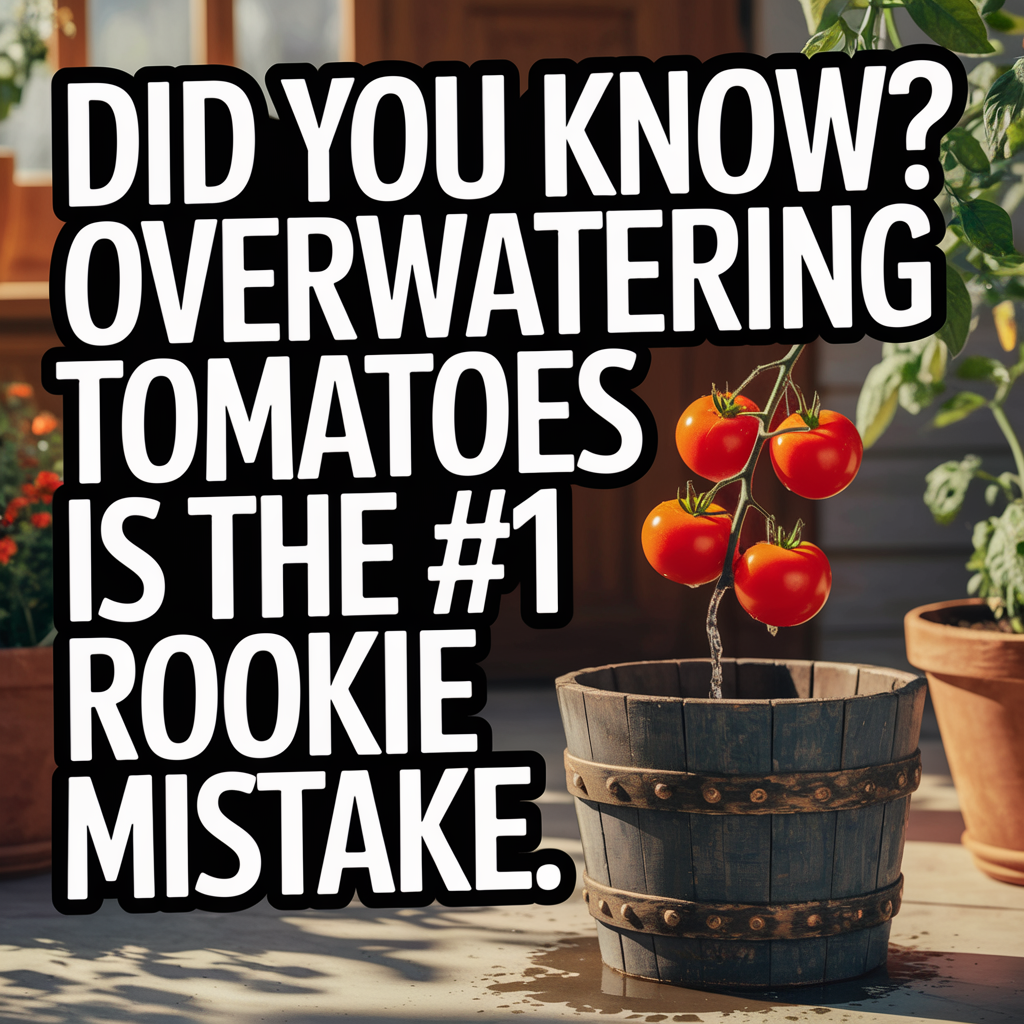
Is It a Watering Problem?
Overwatering: When Too Much Water = Danger
Believe it or not, soggy soil can suffocate roots—and watering stress is one of the top causes of downward curling leaves. I once stuck my finger in a pot, saw it was soaking, and realized I was watering twice as often as needed. The leaves responded by curling down tightly around the stem.
Underwatering: Roots Thirsting for Help
On the flip side, dry soil pulls moisture out of leaves quickly. My old grow bags would bake out in no time under midday sun, and those leaves would curl down like they were dropping in slow motion. A good soak fixes that—but only if you’re watering deep enough.
What I do now:
- Stick your finger 2–3 inches into the soil
- If it feels waterlogged, hold off watering
- If it’s dry and crumbly, water deeply until it drains out the bottom
And if you’re dealing with containers, don’t miss my tips in this full guide to watering rhythms—it helped me rescue more than a few overwatered pots.
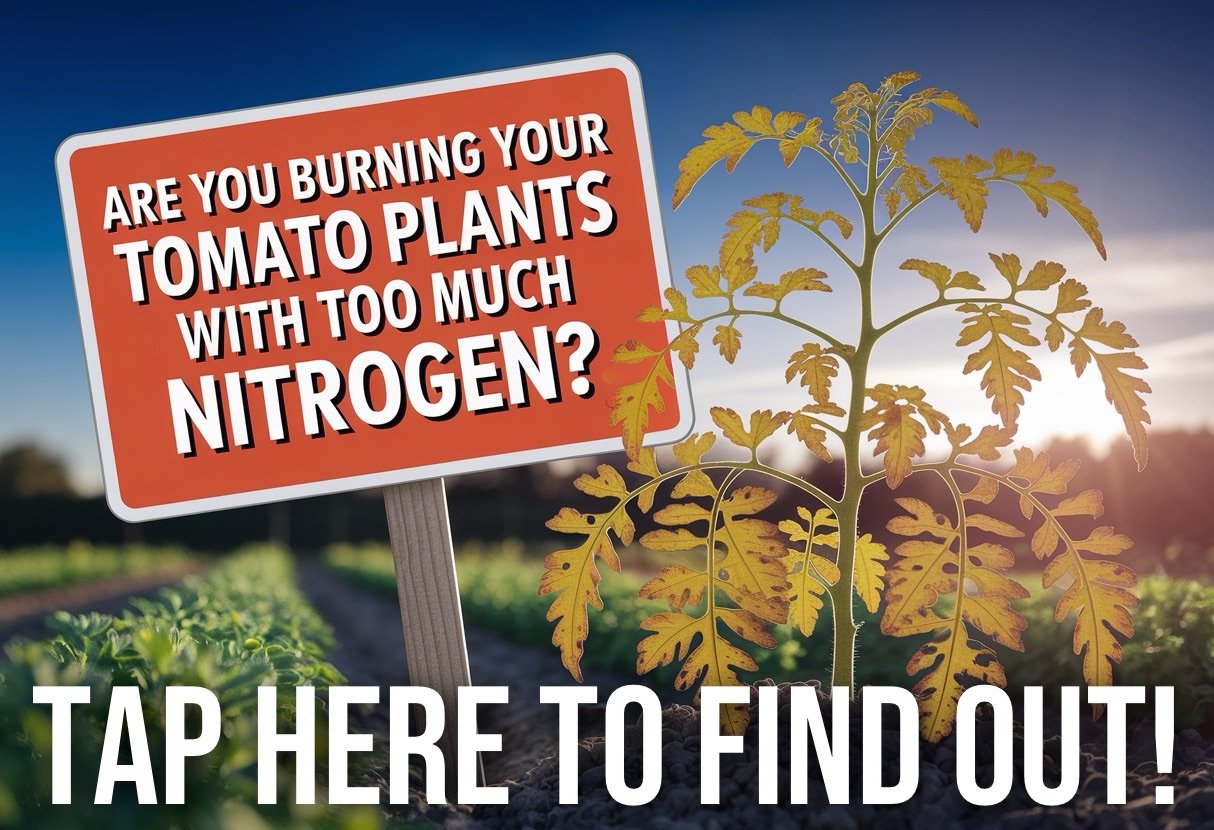
Could It Be Too Much Nitrogen?
This one took me a few painful seasons to figure out. I used to think more fertilizer = faster growth, but tomatoes aren’t fans of extremes. Overdoing it with nitrogen-rich fertilizer can lead to beautiful leafy growth… followed by leaf curl, weak stems, and no fruit.
Nitrogen burn often starts with leaves curling downward and looking thick or leathery. You might even see some browning at the edges. If this sounds like your plant, I recommend checking out my deep dive on nitrogen burn—that one is packed with what I wish I knew earlier.
Quick fix tip:
Switch to a balanced tomato fertilizer that isn’t too heavy on nitrogen. I personally use the one featured in my top tomato fertilizer post—it’s what helped turn my stressed-out plants into fruit-producing champs.

Is Heat Stress Curling Those Leaves?
If your plants are getting blasted by the summer sun day after day, leaf curl can be their way of saying, “I’m hot and I’m trying to protect myself.” I live in a zone where summer heat hits hard, and when my tomatoes curl down around 2 PM, I know it’s just a defense mechanism.
But here’s the thing: if they stay curled even in the evening, it’s time to take action.
What’s worked for me:
- I mulch heavily with straw or dried grass to keep roots cool
- I try to pick tomatoes early in the morning when they’re plump and hydrated (you can read more in this post about best time to harvest)
- For container plants, I move them to afternoon shade if possible
Tomatoes love warmth—but not scorching heat with no relief. A little stress response is normal, but if the leaves stay curled and the growth slows, give them a break from the heat.

Could You Be Overwatering?
It’s tempting to douse your plants every day, especially in the heat. I’ve been there—seeing a tomato plant droop a bit and thinking, “Better water again!” But too much water is one of the most common causes of downward leaf curl.
Overwatering chokes out oxygen from the roots, which stresses the plant. You might notice leaves that are drooping and curling down, often with a slightly yellow hue.
What I recommend:
- Stick your finger an inch into the soil—if it’s still damp, skip the watering.
- Use well-draining containers like the ones in these tomato grow bags to avoid soggy roots.
- And when in doubt, water deeply but less often—tomatoes like their roots to stretch and search for moisture.
If your leaves perk up by evening, you’re likely on the right track again.

Are You Dealing With Pests?
Another big culprit behind curling leaves? Unwelcome visitors. I once had a tomato plant look great in the morning… and by the next afternoon, the top leaves were curled and distorted. A peek under the leaves revealed tiny whiteflies going to town.
Here are some top pests known to cause leaf curling:
- Aphids
- Whiteflies
- Spider mites
- Thrips
The fix? A gentle, organic pest control that actually works—my go-to is this insecticidal soap that won’t harm your plant or the good bugs. It even helped me get rid of a stubborn aphid invasion one year.
If you’re seeing tiny bugs, sticky residue (called honeydew), or discolored spots, it’s time to act fast before your whole crop is affected.
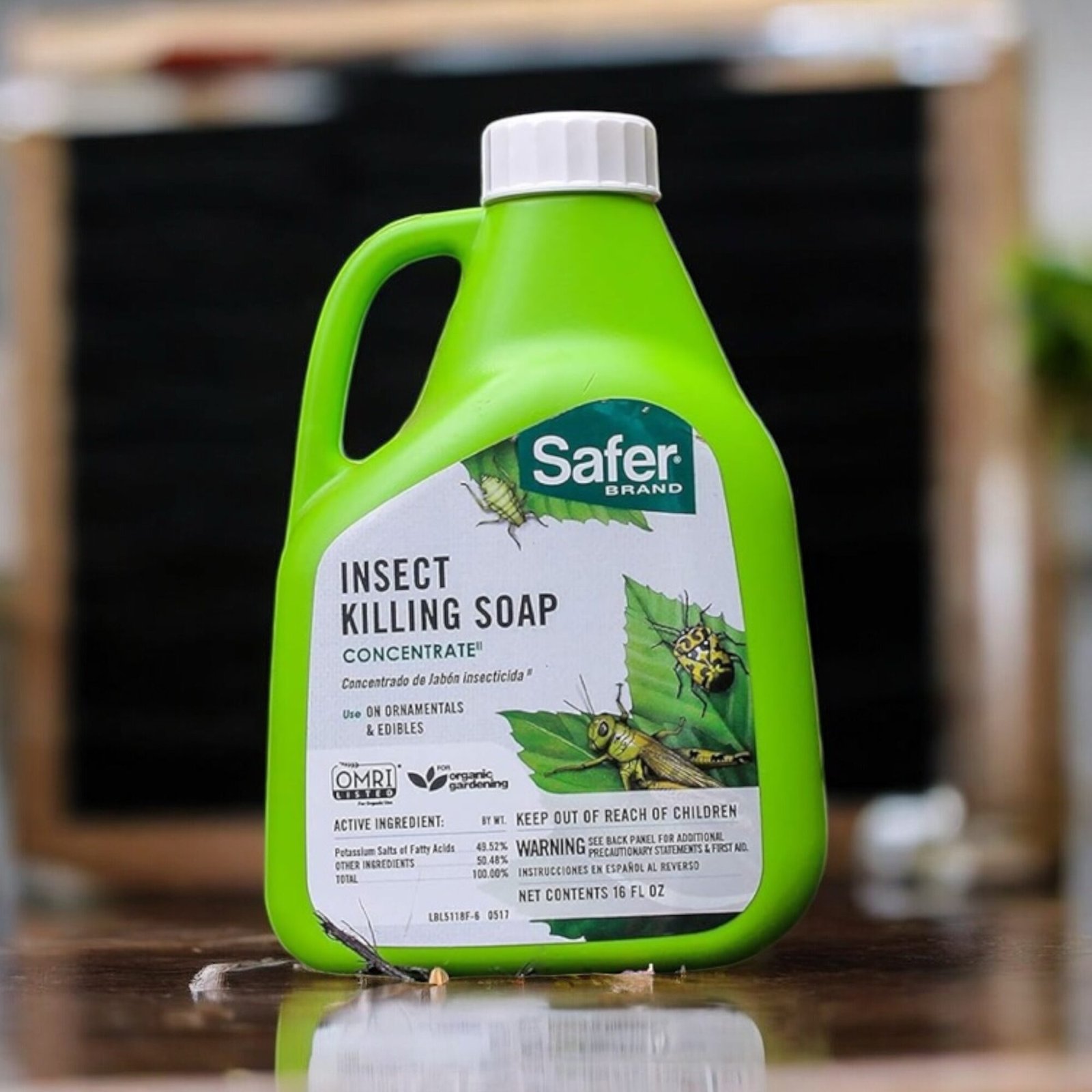
Could It Be a Virus?
This one’s a little more serious, but it’s important to rule it out. Certain viruses like Tomato Yellow Leaf Curl Virus (TYLCV) or Tomato Mosaic Virus can cause the leaves to twist, curl downward, or become misshapen. I’ve only had to deal with this once—but when I did, the plant never really recovered.
Here’s what you might notice:
- New growth is twisted or stunted
- Leaves are curling tightly downward
- You’re not getting much fruit production
Unfortunately, there’s no cure for viral issues. But here’s what you can do:
- Pull and dispose of the infected plant (don’t compost it).
- Rotate crops every year.
- Keep pests like whiteflies and thrips under control—they often spread these viruses.
We go more into plant stress issues like this in our article on growing tomatoes from seed without overwhelm if you’re just getting started and want to stay ahead of problems like this.
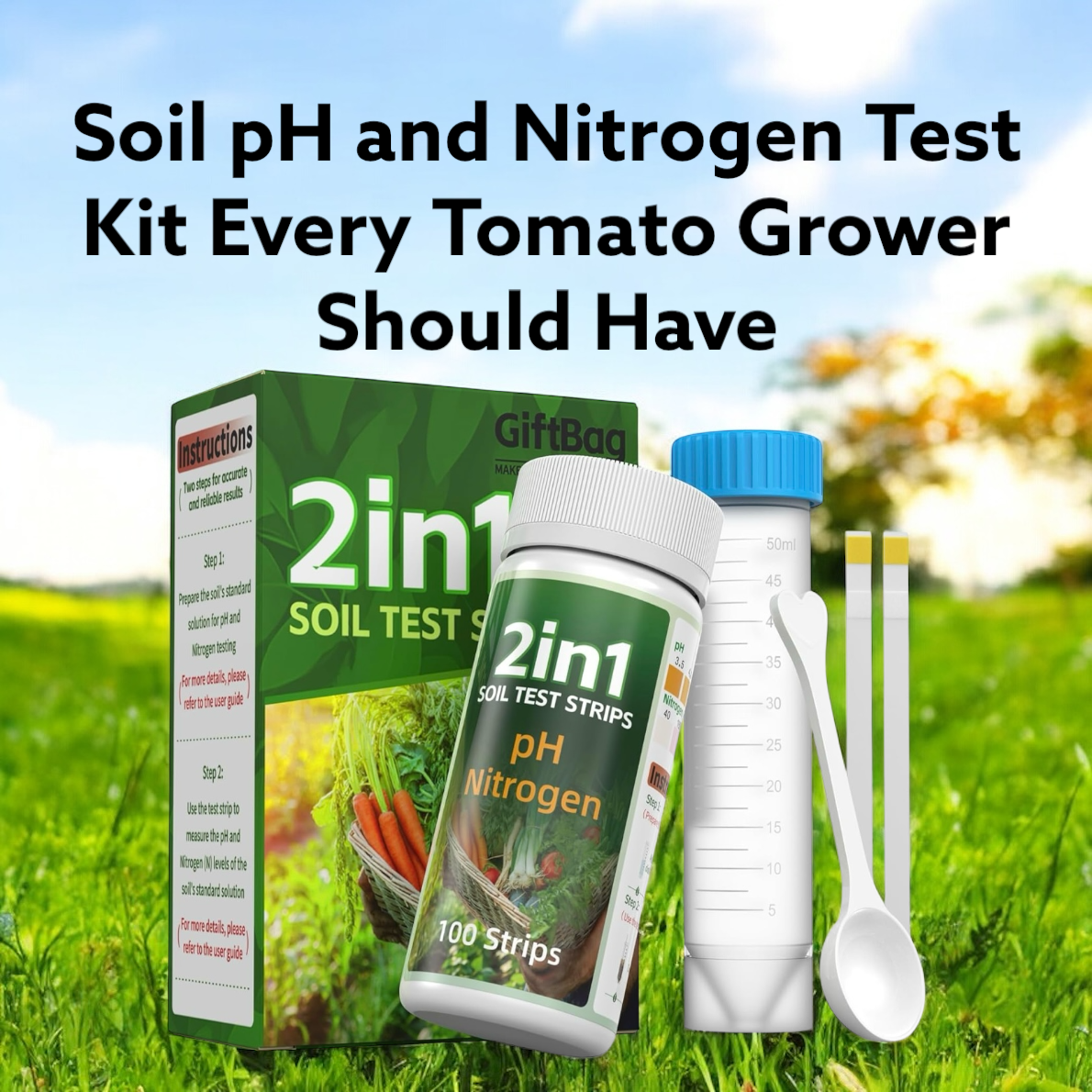
Don’t Forget About Nutrient Balance
Tomato plants are heavy feeders—but too much of a good thing (especially nitrogen) can trigger leaf curling. And if you’ve got a deficiency like magnesium or calcium, you might see curling paired with leaf yellowing or even blossom end rot.
To fix this, I always recommend:
- Using a balanced tomato-specific fertilizer like the one we cover in our top fertilizer picks for tomatoes.
- Adding crushed eggshells or bone meal for a calcium boost if needed.
- Watering consistently—because even nutrients can’t work right if your soil’s always drying out or staying soggy.
If your plant is otherwise healthy and just curling a little bit, dialing in your feeding routine can make a big difference over the next week or two.
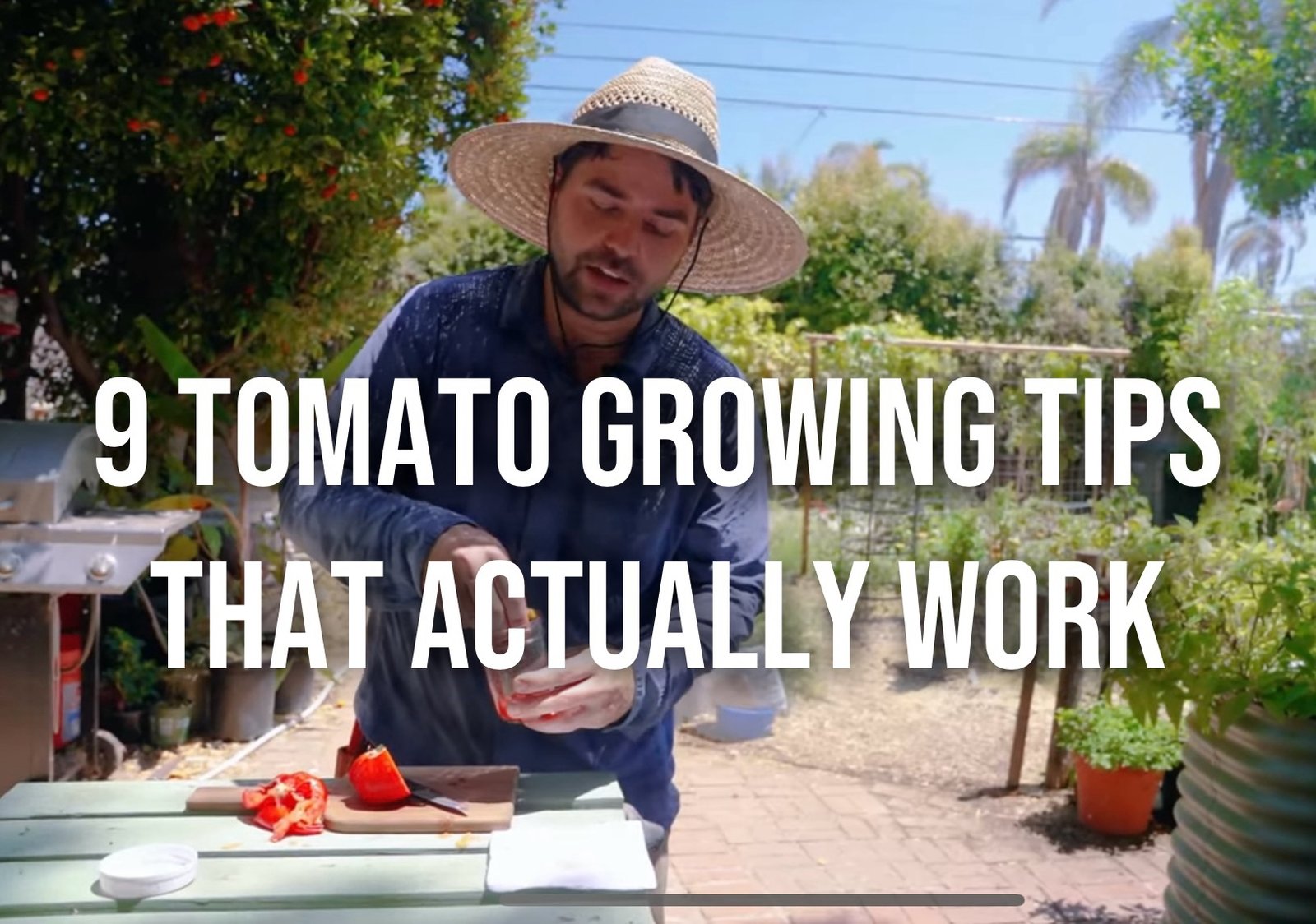
Tomato Leaves Curling Down? Stay Calm and Observe First
When I first started growing tomatoes, I used to panic at the first sign of leaf curl. But now? I pause, I check, and I give the plant a little time. Curling tomato leaves don’t always mean disaster. Sometimes it’s just the sun, or a little overwatering, or your plant saying, “Hey—I need some space!”
Your best move? Step back and assess:
- Is it just the lower leaves?
- Are the new ones still looking healthy?
- Have you changed your watering or fertilizer routine?
If you catch things early, tomato leaf curl is almost always fixable. And if you need extra help, check out our full guide on how to grow tomatoes faster or explore how to trellis tomatoes the smart way to keep your plant thriving long-term.
👉 Got tomato leaves curling down? Don’t panic—observe, adjust, and let your tomatoes show you what they need.
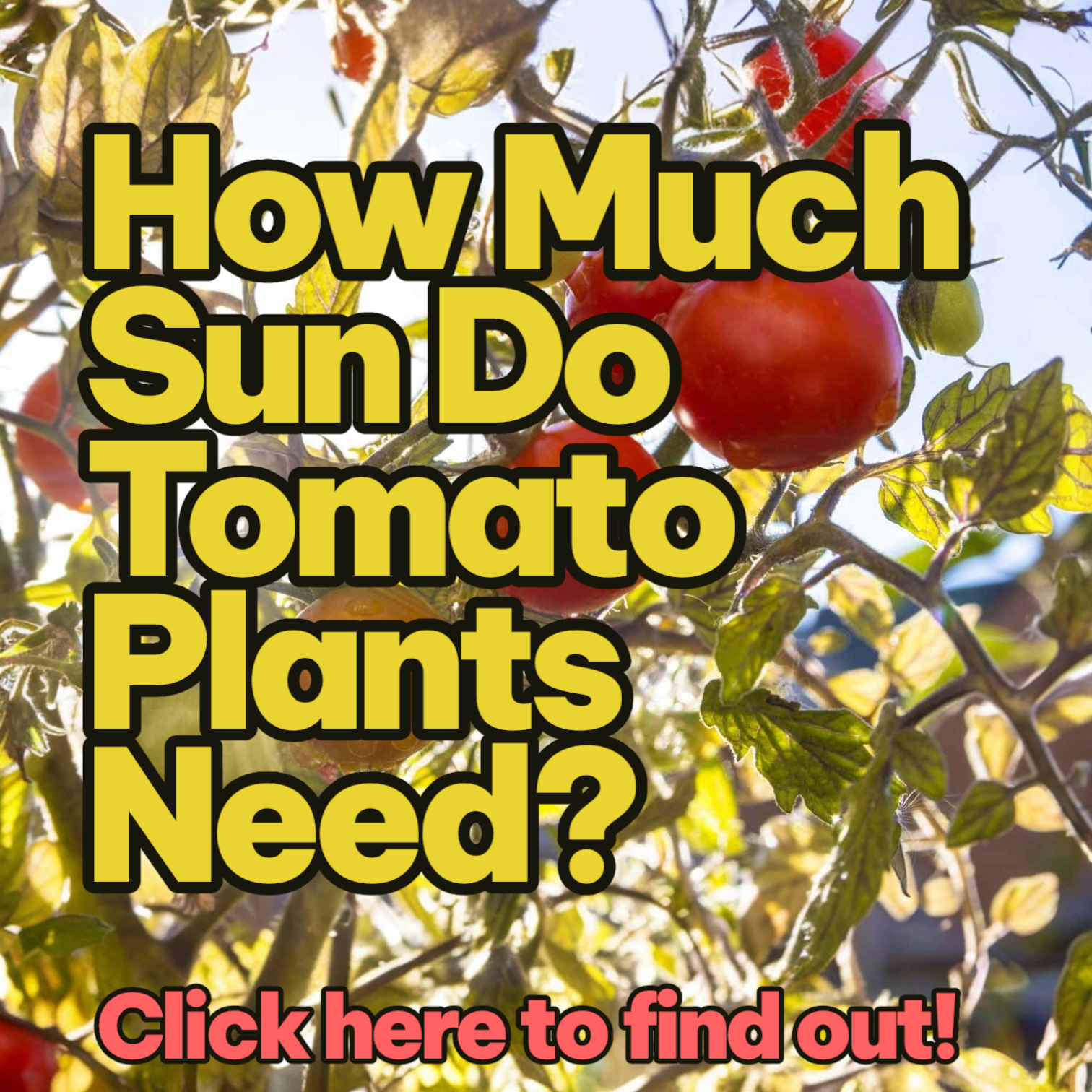
As an Amazon Associate we earn from qualifying purchases through some links in our articles.

